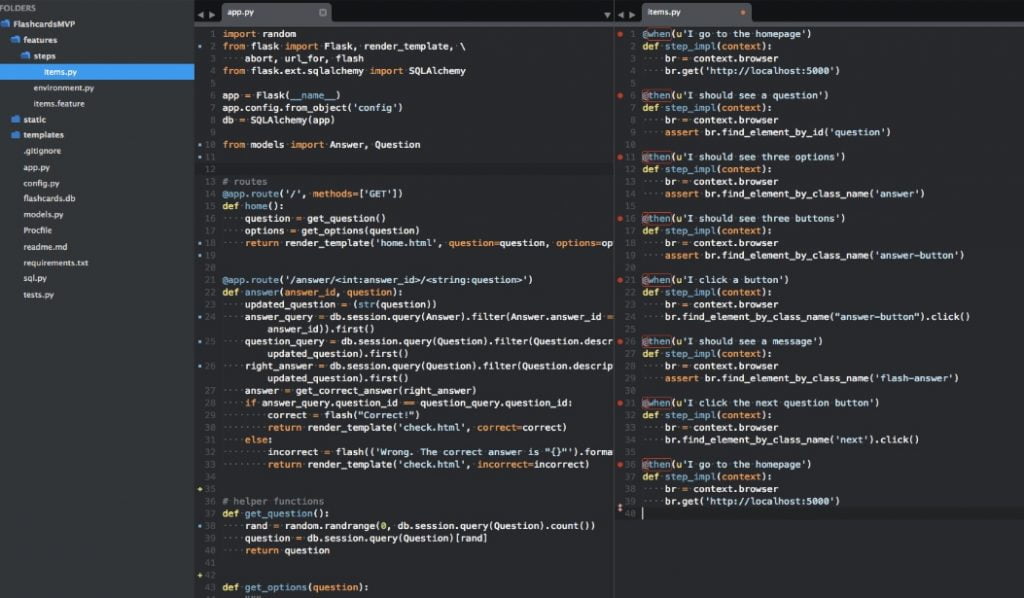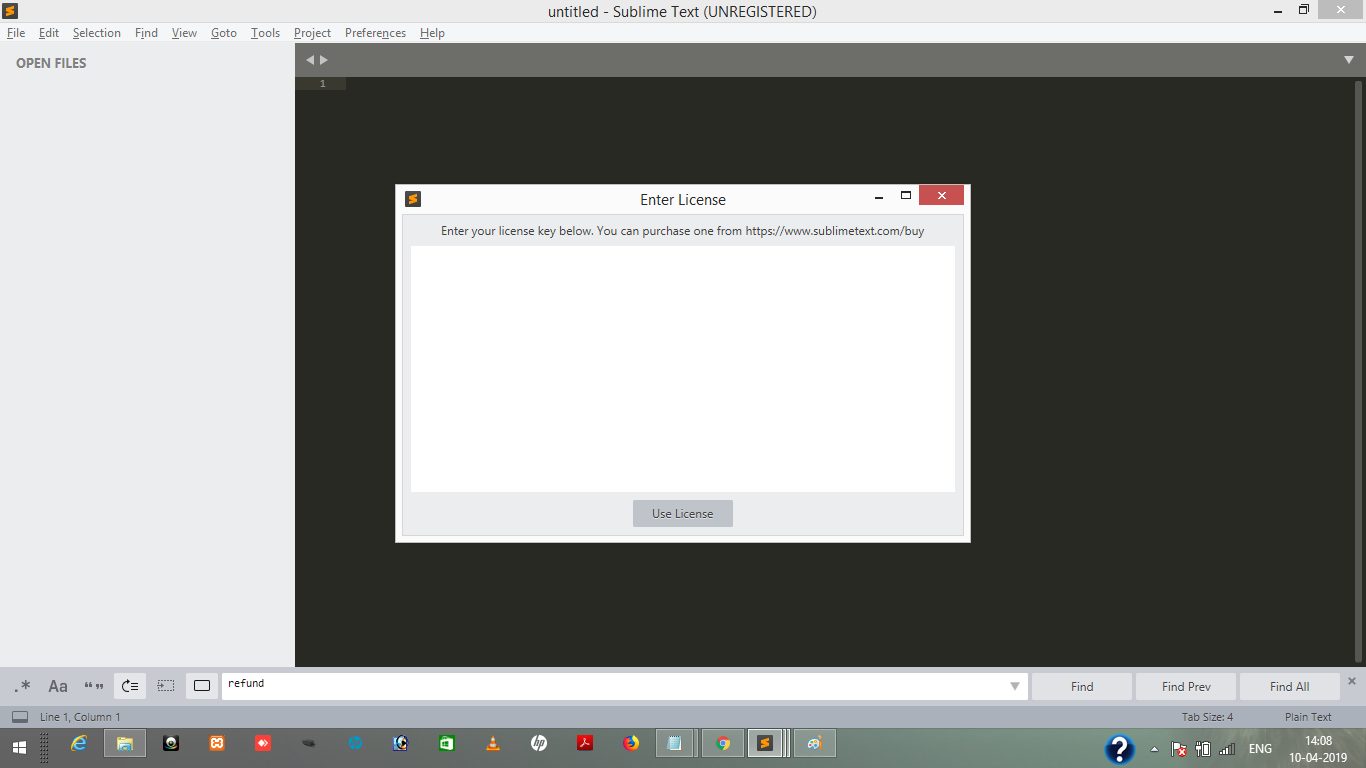

I’m a sucker for conventions across projects. In all of the Jekyll based projects I am currently working on I stick to the same pattern for build targets.

I could not find a way to get this information from the user interface. The value itself came from the scopeName attribute of a. The value here relates to the “Markdown (Jekyll)” mode of this plugin. The selector attribute defines the scope that this build system should apply to, so the “Automatic” build system can pick this configuration. I had to set some additional env settings as I was getting an invalid byte sequence in US-ASCII error for some of my markdown files. Prior to running this command the current working directory gets changed to the root directory of the project. I can supply all to this target to also build the CSS files from the Less source at the same time. In my setup this means that only the Jekyll elements of the site get rebuilt. This script states to use the rake command to execute my build target, supplying the parameter jekyll.
SUBLIME TEXT 3 BUILD SYSTEM TRIAL
I found this documentation at least gave me a pointer in the direction to go, although it required a lot of trial and error to get working. This application uses JSON formatted files for build system configuration.įor my Jekyll site development I have created a Jekyll.sublime-build file with this content:īased on the number of incompatible guides I found on the format of this file, I can only assume this has changed between the different versions of Sublime Text.


SUBLIME TEXT 3 BUILD SYSTEM MAC
User created build systems, on the Mac at least, need to be in the ~/Library/Application Support/Sublime Text 3/Packages/User directory. In the Tools menu I have configured the build system to be “Automatic” so it can choose the correct one for the file type I am editing. The build system feature provides a simple way to get a command run with a single shortcut: ⌘B. To me that does not count as a build and a bit of an abuse of the feature, but it showed me what was possible and it looked useful. This article gives an example of using the build feature perform a commit to GitHub. The true power of this application lies in the features behind the interface. I have seen a lot of recommendations for this editor in the past, but I never understood what it did that was so special, as opposed to using a basic text editor. As I have got back in to the hobby of more web focused development, the little bugs have became more and more annoying. So far, I absolutely love it.īefore I started this trial I was still using Espresso 1, as I was never convinced that version 2 had any new features that I urgently needed.


 0 kommentar(er)
0 kommentar(er)
